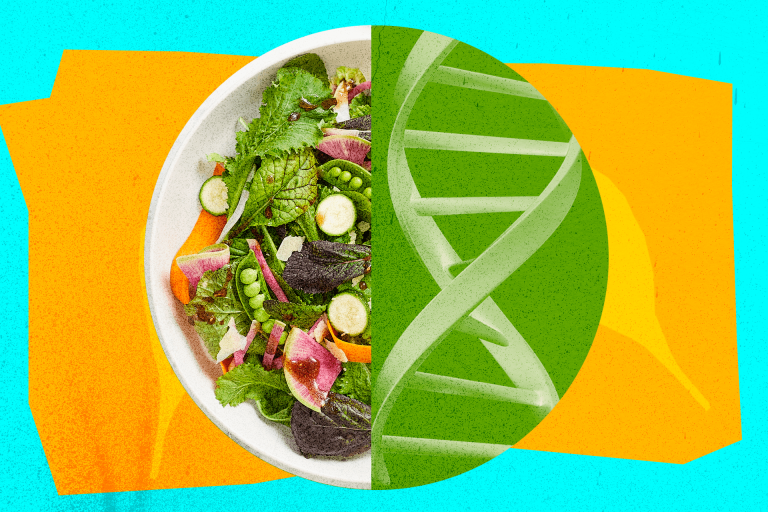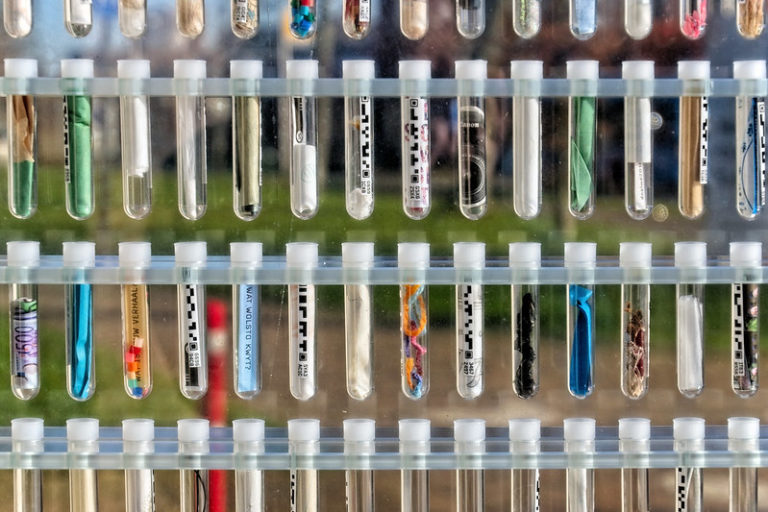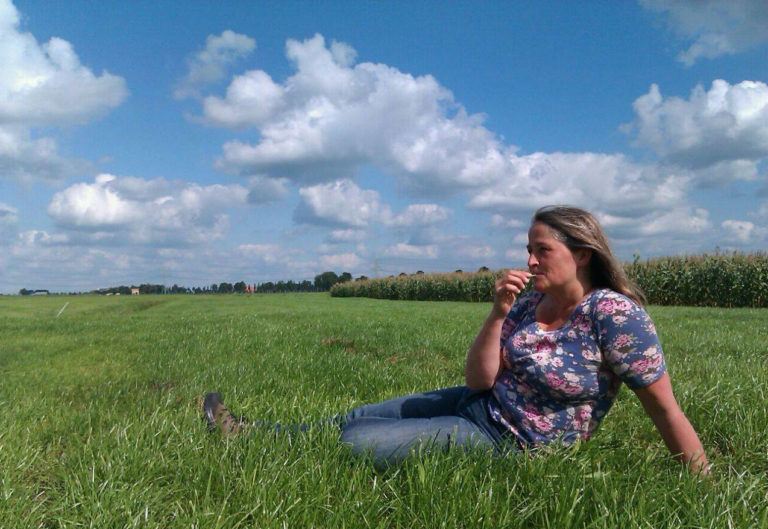Seed patents: the industry’s great manoeuvres
Over the last two decades, biotechnology has disrupted intellectual property issues, particularly in the field of seeds. The major agrochemical companies dominate the so-called abiotic stress-resistant varieties, accumulating a large share of patents. This monopoly is giving rise to ethical and economic concerns, at a time when new genomic techniques promise to solve food crises.

Developments in biotechnology over the last twenty years have been spectacular, as have those in other high-tech areas such as information science and nanotechnology. In all these fields, intellectual property issues are crucial to the development of what is essentially a scientific and technical activity. The particularity of biotechnology is that it involves living organisms or products derived from them: as the manipulation of living organisms becomes more complex, what is appropriated by patents also becomes more complex and extensive. For example, when scientists try to work on photosynthesis or the nitrogen-fixing mechanism, patents will cover whole areas of these processes, which are the basis of life on Earth1. Bayer as the owner of photosynthesis? We’re not there yet, but it’s a worrying development, with the agrochemical oligopoly extending its tentacles in several directions. Let’s take a look at an example that is central to the research of today’s major seed companies: varieties resistant to abiotic stresses (global warming, poor or alkaline soils, extreme climate events, etc.). It is central because this is how the industry legitimates the new genomic techniques (NGT): according to their promoters, they should solve the problem of hunger in the world in an increasingly perilous climate and ecological context. But first we need to look at the broad outlines of the economic model for this sector, which is also similar to that for other technosciences.
The business model of the biotech sector
What is produced, the output of the activity, consists mainly of scientific knowledge and the resulting technological tools. To secure this output and to be able to value it monetarily, it must be privatised by means of an intellectual property right, in this case a patent, a highly protective form for the inventor. The patent gives the inventor a monopoly right (temporary, usually 20 years), allowing profitability on an often very costly investment in R&D (research and development). This is the main justification for this infringement to the “free competition” so praised by orthodox or standard economics. Anyone wishing to use the invention will have to pay a royalty or negotiate a licence agreement. The income generated by a patent is therefore akin to an annuity, the value of which is unknown at the time it is granted. It will depend on the success of the invention. This is why it is often referred to as the “economy of promises“. This term is rather vague (financial promise? Industrial? Ecological?) and masks the similarity between a patent and a financial security. In fact, both are securities that give the right to future, and therefore uncertain, income streams. As such, they are the object of bets on the future, which partly determines the strategies of the players.
Patented inventions are generally the work of university scientists, and/or those who have founded start-ups, or those working in the laboratories of major companies. Biotech research is very expensive: the equipment is increasingly sophisticated and rapidly obsolete if it has to compete. Research funding is a crucial issue here. It is mainly done through public-private partnerships (PPPs) involving universities and other government bodies (often including the military body), start-ups, major transnational corporations, foundations (Bill and Melinda Gates’ foundation is very active in biotech, but it is not the only one) and venture capital companies. When inventors are employed by universities, it is the universities that own the patents. However, depending on the country, researchers have the right to set up start-ups to which the universities grant operating licences (a development that originated in the United States with the Bayh-Dole Act of 1980). When the inventors belong to the private sector, the companies obviously own the patents.
For several decades public policy has been encouraging researchers to set up companies to make their inventions attractive (the “start-up nation” so dear to E. Macron). Once these companies have a portfolio of patents deemed sufficient, they can attempt to raise additional funds through an Initial Public Offering (IPO) on the so-called “growth” stock markets, such as New York’s NASDAQ. Another way of raising value is to sell the start-up to a large company. This is how the Big Four in seeds and agrochemicals (Bayer-Monsanto, Corteva, Syngenta and BASF) have bought dozens of small firms, to further increase their already considerable patent portfolios.
Patents on climate-ready seeds
Cambia, an Australian organisation, has created The Lens, an open-access database listing all the biotech patents in the world. A search in this database using the keyword “abiotic stress” comes to the following results.
To date, 43,000 patents have been applied for, including more than 39,000 in the United States, corresponding to 21,000 patent families2. A good half of these patents have been granted (24,000) and around 10,000 are under examination. The remaining patents have been abandoned for one reason or another. Research about climate-ready seeds got off to a slow start in the 2000s. The growth of patent applications has been very clear since 2010, and has been continuing to this day. It’s worth reminding the scientific context: the late 2000s and early 2010s saw the emergence of various genome modification tools that can be used to produce “new GMOs” from NGTs. For example, patent applications for Crispr/Cas were filed in 2012. The financial stakes involved in controlling these tools are potentially enormous (see p.3). If scientists and engineers succeed in creating climate-ready varieties, there is a real risk that they will invade the global seed market, as Roundup Ready varieties did in their day. Hence the intense pressure from the industry and the European Commission to deregulate NGTs: “we must not fall behind on international competition“, the same old rhetoric. “Feeding the planet in the context of the ecological crisis” is a modest way of dressing up this race for profit.
The figures from The Lens confirm the massive dominance of the Big Four: they own the bulk of inventions, either directly or through their subsidiaries. Bayer, which acquired Monsanto in 2018, holds almost 50%, Corteva around 30%, with BASF and Syngenta sharing around 10% of patent families. Of the 15 largest owners, only one, Stine Seeds Farm, does not belong to the Big Four. The concentration of intellectual property in the field of climate-ready seeds is therefore massive. The public sector is very poorly represented: the four institutions at the forefront of this type of research (the University of California, Harvard, MIT and the Broad Institute – whose public-private status is unclear) share just over 500 patent families. That being said, ownership does not always mean control, and everything depends on the characteristics of the licences granted by the owners to the patent users.
The Big Four are clearly betting on the “new GMOs” resulting from NGTs. If the applications of these techniques were to be widely developed, they would be in a position to appropriate not only part of the base of the global food chain, but even more importantly, the biological processes at the basis of life on Earth…
1ETC Group, Capturing “Climate genes”. Gene Giants Stockpile “Climate-Ready” Patents, 2011.
ETC ironically calls these genes “Climate-Ready” in reference to the “Round-up Ready” genes of the first generation of GMOs. For an example of a patent, see National Institute of Agrobiological Science, Japan, C3 Plants Expressing Photosynthetic Enzyme of C4 Plants.
2A family of patents relates to the same invention, which may be applied for in several jurisdictions. Figures are rounded to simplify reading.














